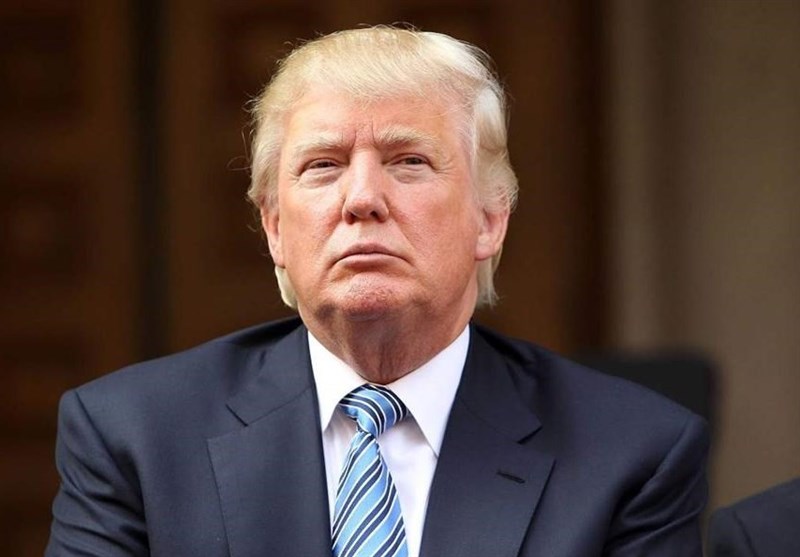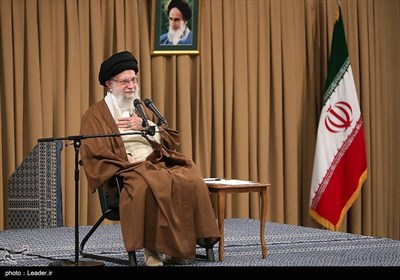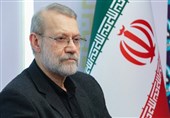Some US States Press Ahead on Climate Change Goals, Despite Trump
TEHRAN (Tasnim) - US President Donald Trump has taken an axe to the environmental regulations he inherited from his predecessor Barack Obama, cutting dozens of rules ranging from fracking on public land to protections for endangered species.
Yet supporters of the Paris climate change accord believe state-level efforts could mean the US will meet greenhouse gas emissions targets envisaged under the landmark agreement, despite being the only country to announce its withdrawal.
Automobile fuel and emission standards are the latest regulations in the administration's crosshairs, according to a report by the New York Times.
The paper reported Environmental Protection Agency (EPA) chief Scott Pruitt, a climate change skeptic with ties to the fossil fuel industry, has determined Obama-era controls placed too great a burden on manufacturers.
It comes on the heels of the EPA's announcement last fall it was seeking to repeal the Clean Power Plan, Obama's signature environmental policy that would have limited each state's greenhouse-gas emissions.
Already tied up by legal challenges, the Trump administration has vowed to bury it for good.
These and other regulations constituted the building blocks of Obama's plan to fulfill US commitments to the 2015 pact.
The targets, which were already modest compared to those of the European Union, are clearly in danger.
But the United States' federal system of government and polarized political climate offer hope: states like California and New York are governed by opposition Democrats horrified by their Republican president's stance on global climate change, and are taking steps to oppose it.
It was for these reasons that UN Secretary-General Antonio Guterres was the most recent figure to suggest "there are expectations" the US will meet its erstwhile commitments, with or without Trump's blessing.
Twenty of the 50 states, some hundred cities and a thousand companies have already set targets for reducing the greenhouse effect, according to America's Pledge, an initiative launched by former New York mayor Michael Bloomberg and the California Governor Jerry Brown.
California on its own is responsible for about the same amount of greenhouse gases as France, and is gunning for a 40% reduction in its emissions by 2030 compared to 1990 levels, targets as ambitious as the EU's.
But the question remains: can action taken by certain jurisdictions and firms be a complete substitute for federal legislation at the center?
"It's not impossible, but it's improbable that the US can meet its objectives with no further federal action," Marc Hafstead, an economist at Resources for the Future, a non-profit research institute, told AFP.
According to America's Pledge, those states and cities which back the Paris agreement contribute only 35% of the country's overall greenhouse gas emissions.
Texas, the country's biggest polluter, is not a part of the movement.
The combined efforts of non-federal jurisdictions will reduce America's greenhouse gas footprint by only half of the original target, according to a report last September by the Germany-based New Climate Institute.
A more precise figure is set to be published by America's Pledge in September during a global summit on climate change in San Francisco.
For now, warned Michelle Manion, the lead senior economist at the World Resources Institute leading analysis for this report: "if you just do a straight line from the states and cities that have committed to it, it doesn't look like we'll meet those numbers."
"It's heading in the right direction, I can't tell you what the number is going to be in 2025, nor can anybody else," she continued, adding that future technological innovations could prove to be game changers.
Ten years ago, no one foresaw the dramatic decline in natural gas prices, she recalled. Or predicted that the cost of solar panels would fall by 70% over the course of seven years.
It remains imperative, she argued, for states to continue to work towards a low-carbon economy, through measures like the installation of electric charging stations for cars or more environmentally friendly building regulations.
Vehicle emissions standards, which Trump is seeking to change, are a good example, she said.
If California and the ten states in the country's northeast that account for 40% of all domestic light duty vehicle sales continue to impose tighter controls, it's likely that automobile manufacturers will adhere to the stricter standards rather than create a two-tier market.






